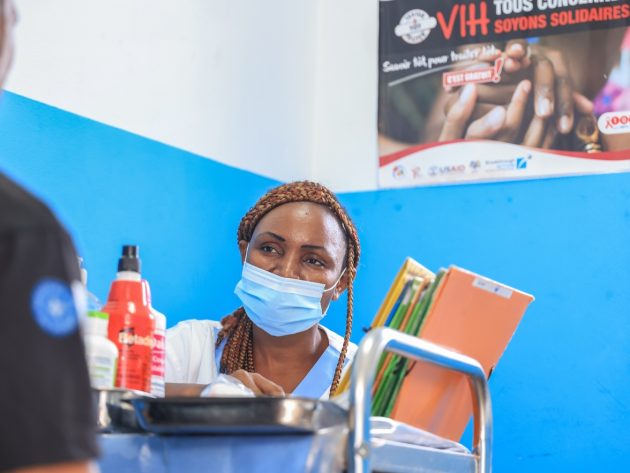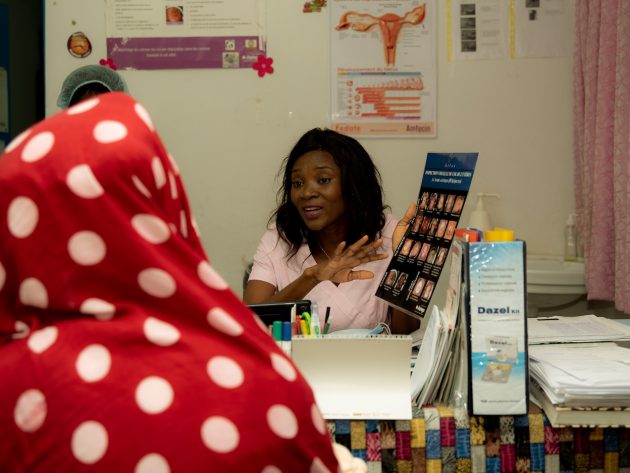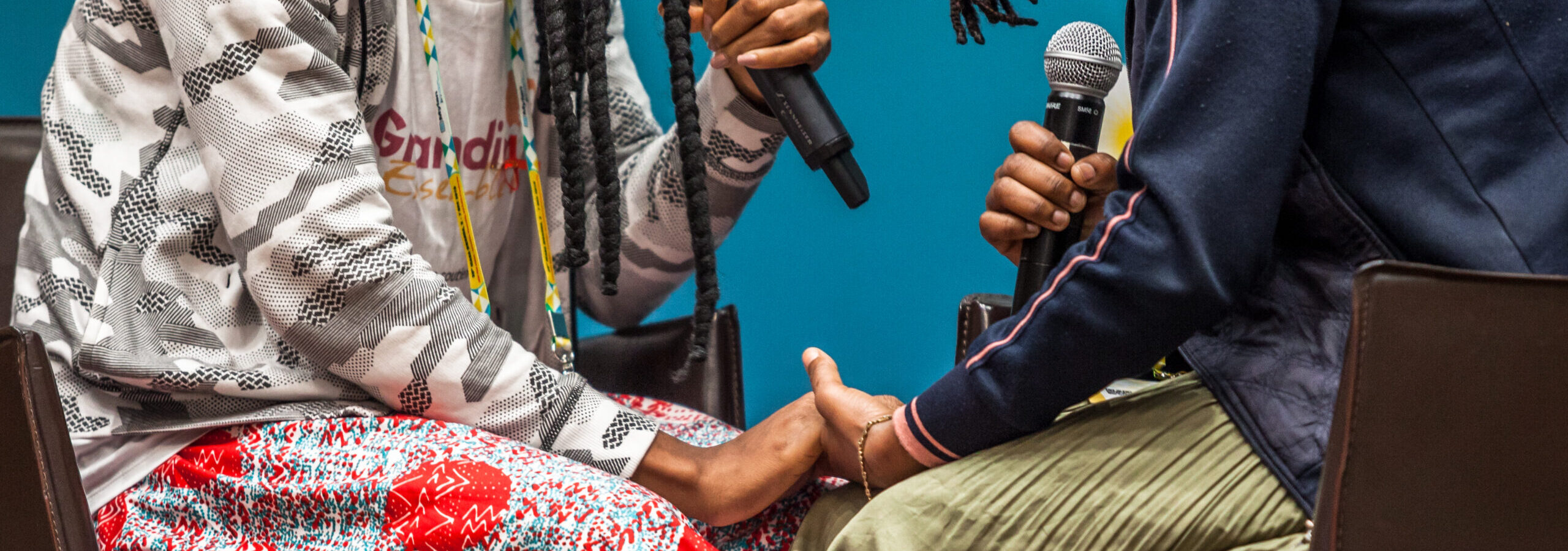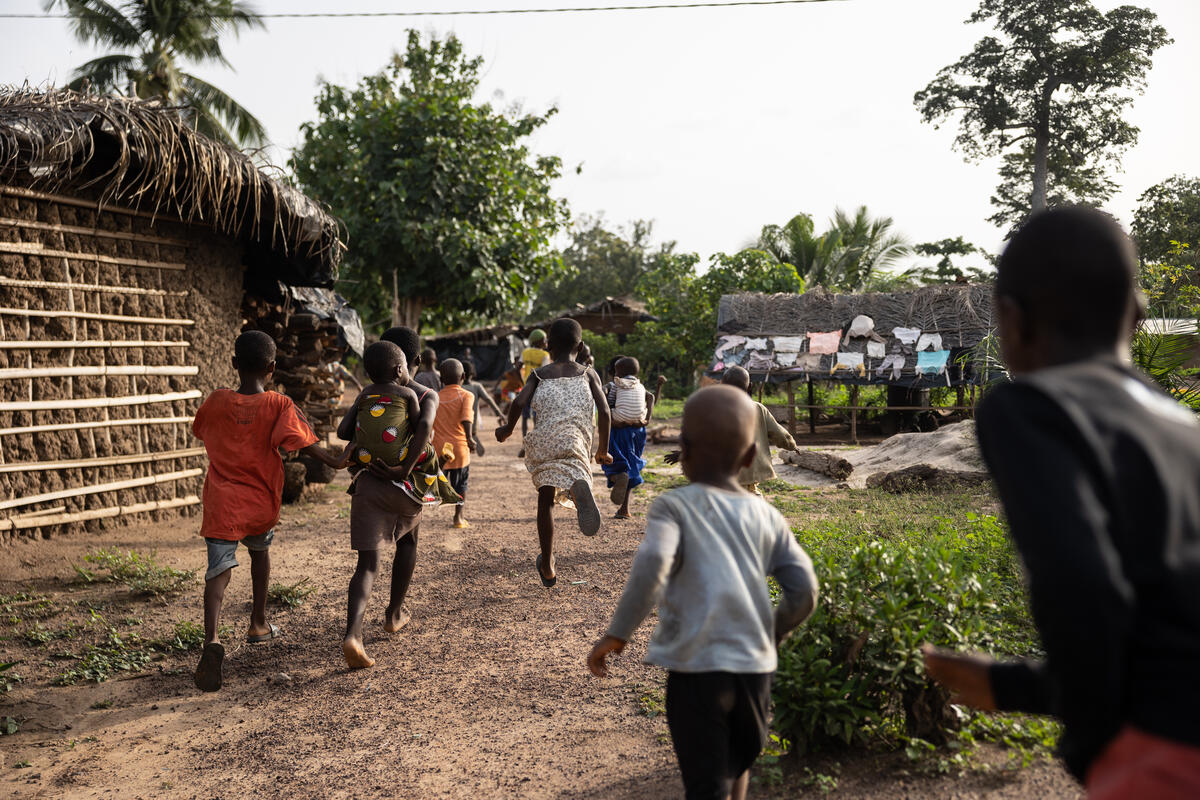SUCCESS II: structuring a regional dynamic to strengthen cervical cancer prevention in Africa
On 17 November, World Cervical Cancer Elimination Day reminds us of the scale of a burden that remains significant: around 660,000 new cases and 350,000 deaths were estimated in 2022, more than 90% of which occurred in low- and middle-income countries. Cervical cancer remains one of the few non-communicable diseases for which an elimination strategy is considered achievable, provided that countries can ensure effective access to human papillomavirus (HPV) vaccination, HPV screening, triage (the step that makes it possible to identify, among HPV-positive women, those at increased risk of precancerous lesions) and treatment.
Harmonising prevention and screening practices
The rollout of HPV screening in resource-limited countries does not depend solely on technical choices: it relies on the ability of systems to organise a coherent pathway—sampling, transport, analysis, triage and treatment. In West and Central Africa, this continuity remains fragile. In many countries, implementation is hindered by persistent operational constraints: limited laboratory capacities, irregular organisation of sample transport, heterogeneity of triage models, variable availability of treatment and loss to follow-up after a positive test. Added to this are obstacles linked to the gradual integration of HPV screening into national guidelines and the still uneven mastery of techniques within services and laboratories.
In this context, a regional dynamic is essential to avoid the multiplication of inconsistent models and accelerate the consolidation of national guidelines. SUCCESS II provides this response by bringing together six Francophone countries (Cameroon, Côte d’Ivoire, Benin, Togo, Guinea, Burundi) around common technical support focused on three structuring levers: stabilising triage models, strengthening laboratory capacities and creating regional spaces for technical convergence.
Breaking countries out of technical isolation
One of the main obstacles to the rollout of HPV screening is the heterogeneity of models. Visual inspection to detect precancerous lesions with the naked eye, cytology when available, immediate thermoablation: approaches vary widely from one country to another. This technical isolation complicates coherent implementation of screening.
SUCCESS II supports ministries in stabilising models compatible with national capacities: appointment delays, availability of supervision, organisation of colposcopy, workload of HIV and reproductive health teams. During CoSav workshops (community of practices and knowledge), several countries noted, for example, that thermoablation was being used unevenly due to the lack of clearly defined indications. This regional work made it possible to harmonise eligibility criteria between Côte d’Ivoire, Cameroon, Benin and Togo, reducing risks of overtreatment or inappropriate referrals to colposcopy. This technical alignment prevents pathway disruptions and facilitates the integration of screening into existing systems.
Strengthening laboratory capacities
The scale-up of HPV screening puts pressure on existing platforms. SUCCESS II supports countries in organising the full process: sample quality, transport to laboratories, standard operating procedures, monitoring of volumes, equipment maintenance and management of consumables. This support is carried out in partnership with CHAI (Clinton Health Access Initiative), which assists countries in assessing capacities, projecting volumes and identifying bottlenecks. Analyses conducted with CHAI revealed, for example, delays of 10 to 20 days between sampling and analysis in several countries, due to the absence of a structured transport system.
SUCCESS II supported the establishment of dedicated transport circuits in Cameroon and Côte d’Ivoire, reducing these delays to 5–7 days in supported areas, a crucial improvement to avoid loss to follow-up.


Structuring regional spaces for technical convergence
The CoSav community of practice, ECHO sessions and work conducted with laboratories provide a framework for countries to compare practices, identify shared bottlenecks and gradually align their models. CoSav brings together national programmes, HIV teams and laboratories to analyse concrete cases and harmonise tools: registers, triage forms, transport forms. It is within this framework that several countries identified the limits of centralised triage requiring more than 30 km of travel, which led to the introduction of decentralised triage models now being tested in Cameroon and Benin.
The ECHO sessions, held remotely, make it possible to address operational issues quickly—indications for thermoablation, counselling messages, management of samples in hot areas. One of these sessions helped unify self-sampling practices across three countries by clarifying sample packaging and storage. This dynamic reduces heterogeneity of practices, improves data quality and accelerates the revision of national guidelines.
Towards a regional community of practice
Early results show improved coherence of guidelines, better organisation of sample transport, more rational use of thermoablation and enhanced quality of clinical follow-up. The regional dynamic thus makes it possible to transform isolated national interventions into a more stable, technically aligned and sustainable response.
SUCCESS II contributes, in a structured way, to preparing countries to scale up HPV screening under realistic conditions, reducing technical uncertainty and securing the screening–triage–treatment pathway. This regional support is today an essential lever for progress towards cervical cancer elimination goals in the region and positions Expertise France as a champion in the fight against cervical cancer.

